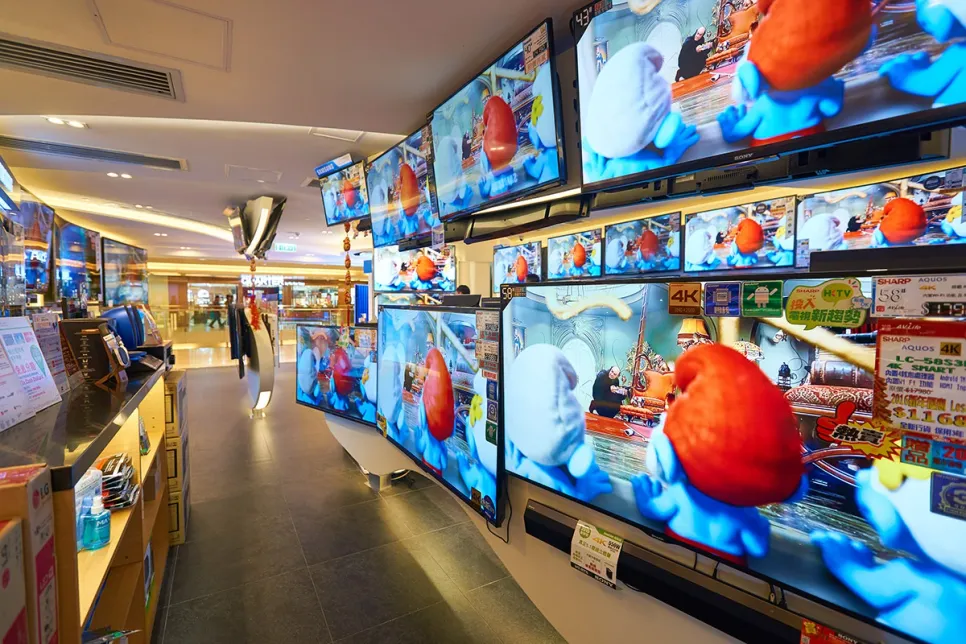D2C Revenue Set for $370 Million Surge
A new study by Juniper Research has found that satellite provider revenue from direct-to-cell (D2C) will exceed $370 million in 2026, up from $100 million this year.

After the retail sector in the 27 EU states recorded a turnover increase of 1.5 percent in the first COVID-19 year 2020, sales increased by 6.8 percent in 2021, according to GfK. The highest growth rates were in smaller Eastern European countries such as Lithuania (up 17 percent), Slovenia (up 16 percent), and Estonia (up 13 percent). Larger markets such as France, Spain, and Italy also all recorded retail growth rates of over 7 percent.
The strong sales performance of the retail sector is due in particular to the non-food segment, which grew by double digits in the majority of countries in 2021 and even exceeded 20 percent in some countries, such as Slovenia. The strong turnover growth in 2021 is mainly attributable to the weak 2020 numbers, when the pandemic had an even tighter grip on European countries, consumers were much more unsettled, and non-food retailers had to deal with a double-digit decline in sales in some cases.
“Despite the pandemic and a difficult market environment, the past two years have been quite successful overall for retailers from a sales perspective,“ explains study lead Philipp Willroth. “However, city center-relevant retail, especially sectors such as clothing, footwear, or jewelry, is still suffering badly in many European countries. This is because online retail is gaining more and more ground, especially in high-growth regions in Europe, which is why new digital offerings will also have to be tested in city center retail in the medium term.“
The nominal purchasing power of EU citizens grew by an average of 2.4 percent in 2021. After many non-euro countries such as the Czech Republic, Croatia and Norway had to contend with reduced purchasing power in 2020, which was also due to exchange rate effects, many of these countries were able to benefit from both better macroeconomic development and a strengthening of their national currencies. Accordingly, purchasing power in 2021 grew by more than 5 percent in each of the first two countries, and by over 8 percent in Norway.
Despite lockdowns and access restrictions, the retail sector in the EU increased its share of private consumer spending to 35.8 percent. Compared to 2019, before the pandemic, this means retailers gained 3.1 percentage points. Especially in Lithuania and Estonia, the retail turnover share of private consumption gained the most compared to 2019, namely by at least 5.3 percentage points. But also the major EU markets of Germany, France, Spain, and Italy increased by between three and four percentage points.
After inflation already was 2.9 percent in 2021, EU-wide inflation is expected to rise to 6.8 percent in 2022 due to high energy prices and the war in Ukraine. The price increase is particularly significant in many Eastern European countries. For example, consumer prices in Lithuania, Estonia, Bulgaria, the Czech Republic, and Poland are expected to grow at double-digit rates.
In Western Europe, the range of products available for retail purchases via augmented or virtual reality is very limited and varies greatly from country to country. For example, Spain and the United Kingdom are Western European leaders, while the German-speaking countries lag in this area.
In the countries bordering the Mediterranean Sea, Sweden, and Switzerland, there is a clear urban-rural contrast. In these states, the online-savvy population tends to be found in large cities and metropolitan areas, while the rural population tends to be more focused on brick-and-mortar retail. In Germany, Austria, the Netherlands, Belgium, and the United Kingdom, higher index values are sometimes found in smaller municipalities.